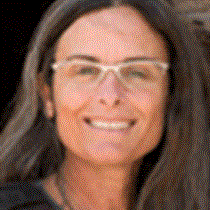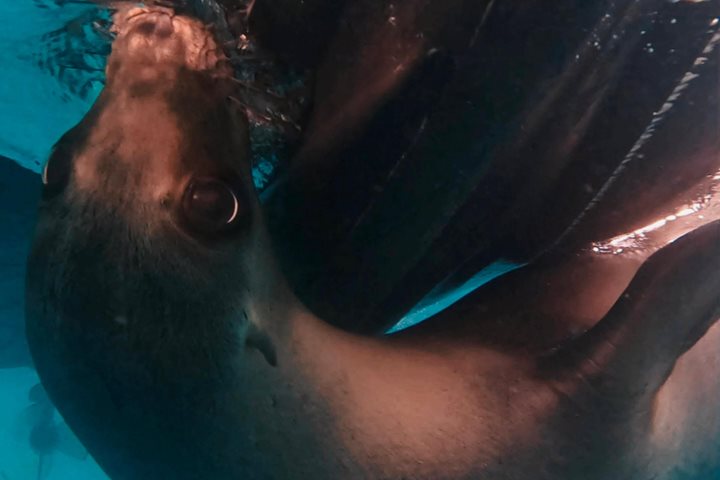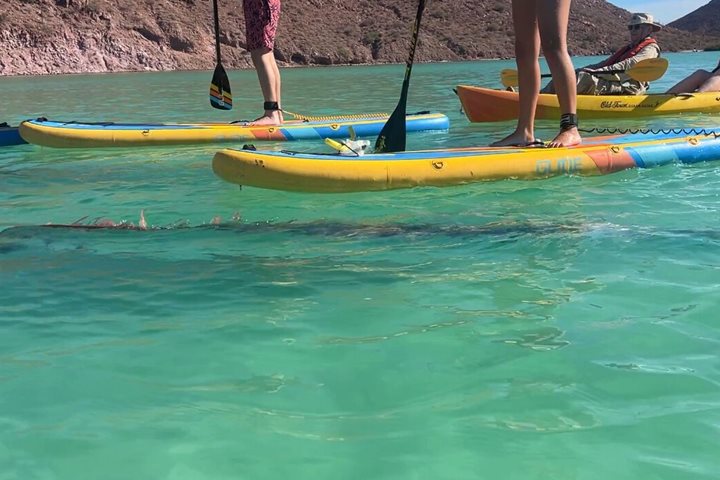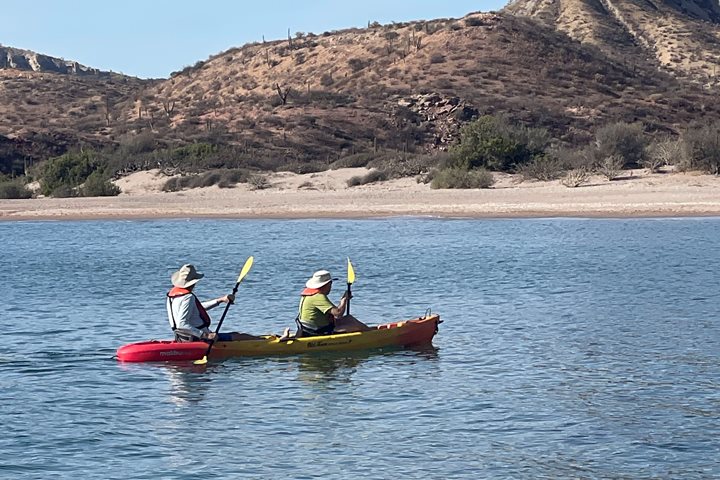This morning we awoke in restful seas, in the sheltered waters of Bahía Concepción. We set out for a full morning of activities based from the National Geographic Sea Bird. Our fleet of small boats headed off to tour nearby islets in search of whatever they might find. The guano frosting promised an abundance of birdlife, and much was seen including plenty of blue-footed boobies, brown pelicans, Brandt’s and double-crested cormorants.
Kayakers launched from a third islet for a peaceful paddle in search of whatever we might find amid the quiet and light splashes of our paddles. The silence was occasionally punctuated by the sound of big trucks moving along the trans-peninsular highway that passed along the western shoreline of the bay. Each time the silence that followed seemed even deeper during our leisurely paddle. We found multiple nesting yellow-footed gulls close to the water, and high on the island we had good binocular views of osprey on nests with chicks. A highlight was a pair of American oystercatchers who joined together for a brief moment of reproductive fervor. It was good to see the blush of new life in this region.
Kayaking and small boat cruises were followed with snorkeling from the beach. Our naturalists and guests alike were delighted by the good variety of marine life found there, including nudibranchs, rays, Cortez and King angelfish, and an unbelievably large 3.5-foot-long porcupinefish. It disappeared as quickly as it was seen, perhaps a significant consideration as to how it grew so large.
As lunch commenced, the ship headed out of Bahía Concepción to check the sea-state in the open waters of the Sea of Cortez. The seas were favorable for our voyage south in search of whales, dolphins, birds, and other marine life. Throughout the afternoon we had lookouts on the bow spotting tropicbirds, many storm petrels, numerous sightings of Sabine’s gulls, and several groups of bottlenose dolphins.
A Bryde’s whale surfaced around the ship, and our officers and staff worked together to keep the ship in the right place to catch glimpses of this furtive mammal. Meanwhile, behind the ship an amazing sunset continued to grow as time passed, and the vibrant colors became even richer as the sun sunk further beyond the horizon.
After yet another delicious dinner, we joined Greg Budney for his impressive presentation, “Seabird Conservation and Sound.” It was very interesting to learn about what a significant role bird sound has had in the repatriation of species, including a very rare petrel found in Bermuda, the cahow, that had been considered extinct since the 1600’s.
We look forward to what tomorrow will bring.







